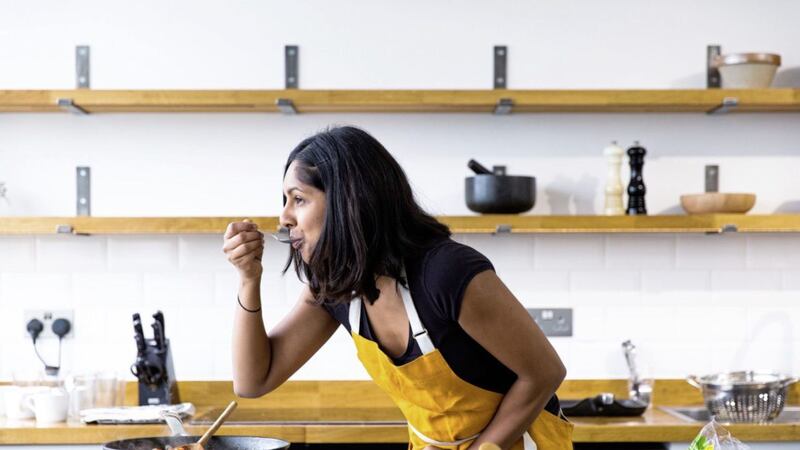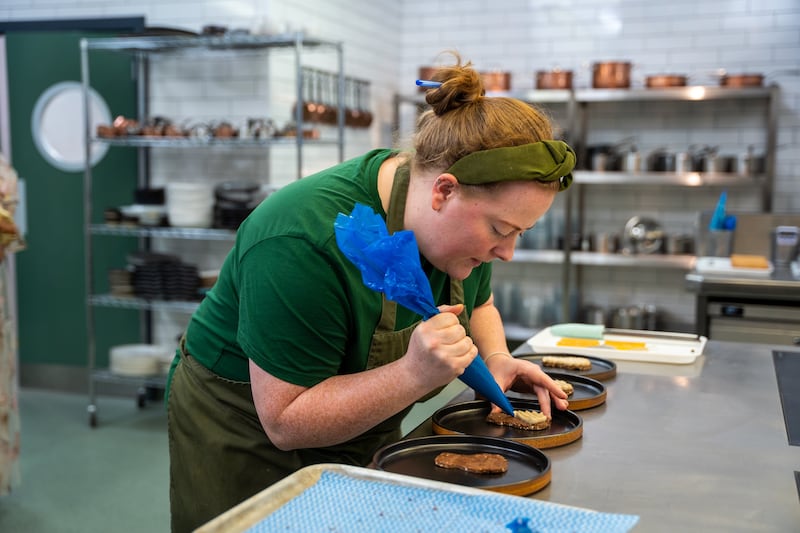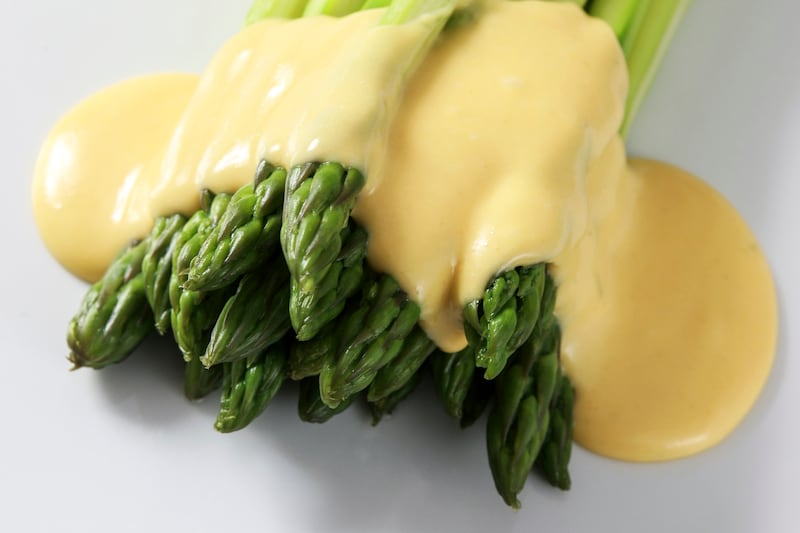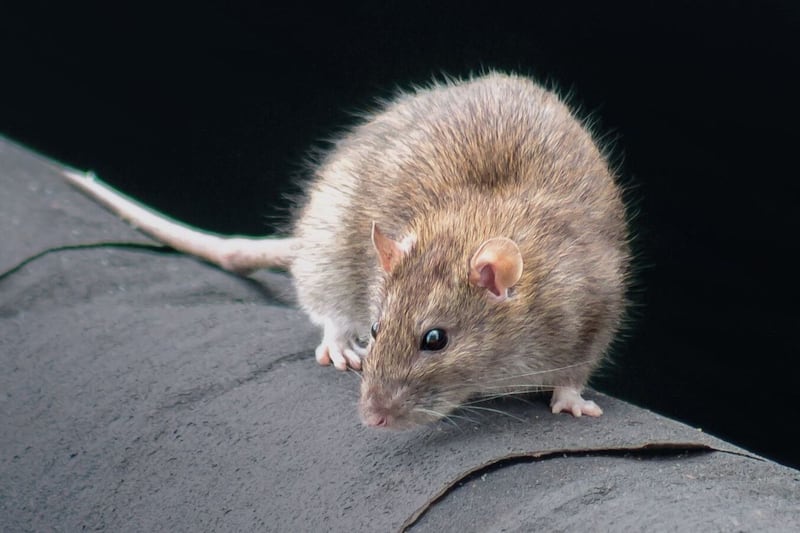THINK of Mauritius, the Maldives and Seychelles, and chances are you imagine white sandy beaches, tropical heat and honeymooning couples. And you'd be right – but what about the food?
"People don't really know much about that part of the world," says Selina Periampillai – yet the incredible multiculturalism of this pocket of the Indian Ocean has created a unique cuisine made up of seemingly disparate culinary influences and styles that work in mysterious harmony.
Born and raised in Croydon, south London, Periampillai calls Mauritius her second home – her parents are from there and moved to the UK in the 70s for work – but as a child, she spent long summers every year back on the island.
"I remember my nan cooking outside, she had a massive rock slab and used to crush spices on it with a cylinder tool – fresh spices, garlic, chilli – she would roll it and crush them every morning and cook with them that evening," says the 37-year-old. "You can see from her arms and build today that's what she was doing for all those years – it's not that easy."
So how did Mauritian cuisine come to be what it is today? "It was colonised by the Dutch, then the British came, and Chinese came over, all these people from all different cultures settled on the island," says Periampillai. Throw Indian, French and African influences into the mix and it's considered one of the great Creole cuisines of the world.
"We've ended up with biryani and curry from India and fiery hot, chilli chutneys. The Chinese set up as merchants near Port Louis [the capital] and they're still selling dumplings on street corners; you'll find dumpling soup and noodles in Mauritian restaurants too."
It surprises first-timer diners, she says; it's lighter and more fragrant than people anticipate. "People expect an Indian-style curry but we might use cinnamon to make it sweet or thyme leaves and parsley."
In her first cookbook, The Island Kitchen, Periampillai takes you on journey, not only around the fascinatingly diverse Mauritian cuisine – think fish biryani, slow-cooked duck with cinnamon and cloves, and potato and pea samosas – but Madagascar, Maldives, Seychelles, and the lesser known Reunion, Comoros and Mayotte, and Rodrigues.
Reunion – where three-quarters of the population is said to be of mixed origin – is a seafood lover's paradise. A speciality on the tiny volcanic Rodrigues island is a thick-crusted coconut and papaya pie, and a French horticulturalist and botanist once smuggled plants into the Seychelles that are still a huge part of the country's cuisine today.
You might not want to eat bat curry ("A bit like chicken, quite bony but really nice") or shark chutney ("Tangy with a squeeze of lime") from the Seychelles, but Periampillai has drawn the line at including those recipes in the book anyway.
What's most surprising, though, is that the classic dishes of these islands, and Periampillai's take on them (like the pineapple upside-down cake her supper club-goers rave about), are all pretty simple. It's stews you chuck everything into and leave, curry that doesn't take hours, and vibrant salads with sweet notes of coconut, lime or mango. "I'm all for really down-to-earth, nothing fancy, really good comfort food," she says.
"All the family would get together for dinner and it would never be one of two dishes, the table would be full every night, bowls of curry, fresh chapatis, and lots of pickles and chutneys – the condiments of Mauritius," Periampillai adds.
That's the thing about this kind of food; it's generous, comforting and, most importantly, laid-back. "It's about enjoying the moment and taking that time out. They take it a bit slower, especially with cooking – no stress, enjoy yourself, enjoy the whole process and enjoy the food."
And there's a lot of outdoor cooking: "It's a hot country, doors are wide open in kitchens, they have wood fires and get a big pot of curry or fricassee on there – it changes the flavour because you've got smokiness. Everyone barbecues on the beach, they'll be a grill with fish caught that morning, with some lemon and herbs, straight on the grill – that's the freshest thing you can eat.
"On the beach, they also sell pineapple covered in chilli salt as a refreshing snack," Periampillai adds – a traditional dish she took inspiration from to create her tamarind pineapple chilli salt salad recipe.
Impressively, the mum-of-one hasn't done any professional training. "Everything I've done with Mauritian food, I learned from my mum. She'd say, 'This is what I used to watch my mum do in the kitchen', so it's been passed on like that."
Six years ago, it dawned on Periampillai that it was difficult to find Mauritian home-cooked food in London, and she started to host supper clubs – four years after quitting her nine-to-five desk job to follow her passion for food in "one of those life-changing, risky moments".
Now, more than anything, she wants to "spread the word" about Mauritian cuisine and maybe even inspire people to visit that part of the world too."
:: The Island Kitchen: Recipes From Mauritius And The Indian Ocean by Selina Periampillai is published by Bloomsbury, priced £26. Below are two recipes from the book for you to try at home.
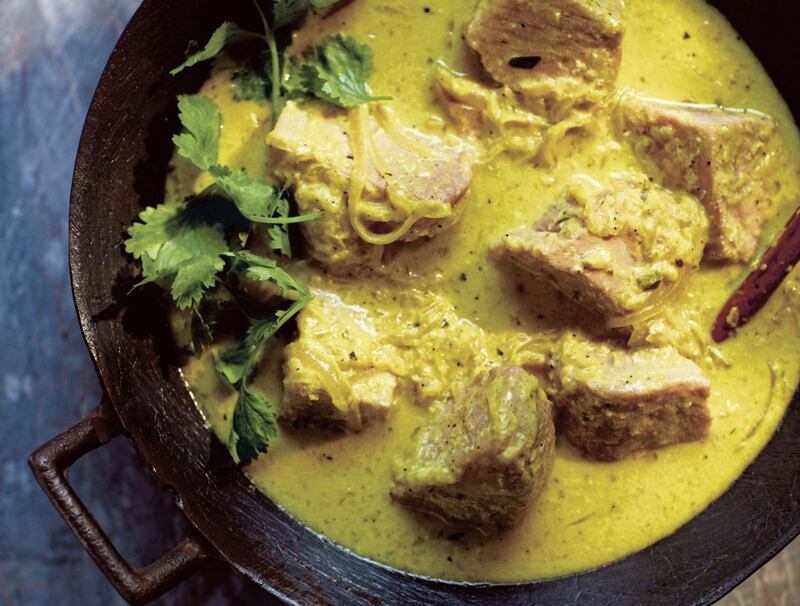
MALDIVIAN TUNA CURRY
(Serves 2-4)
500g tuna steak, cut into 2.5cm pieces
1tbsp coconut oil
4 garlic cloves, finely chopped
2 cardamom pods, seeds only, crushed
2.5cm piece of fresh root ginger, peeled and finely chopped
10 curry leaves, finely chopped
1 green chilli, finely sliced
1 onion, finely sliced
1/2tsp ground fennel seeds
1/2tsp ground cumin
1/2tsp ground turmeric
1/2tsp black pepper
400ml tin coconut milk
1 cinnamon stick
Sea salt
Coriander, to garnish
Method:
Lightly salt the fish and set aside. In a large saucepan, warm the coconut oil over a medium heat until simmering. Add in the garlic, cardamom, ginger, curry leaves and chilli. Let this saute until fragrant – usually around 30 seconds. Add the onion slices and cook until softened, around five to seven minutes. Add the rest of the spices: The fennel, cumin, turmeric and black pepper. After around a minute they will mingle together and become aromatic.
At this point, transfer everything into a food processor and blend to a coarse paste. Return the paste to the pan over a medium heat, pour in the coconut milk, holding back one tablespoon for drizzling at the end, and pop in the cinnamon stick and half a teaspoon of salt.
Bring to a simmer and gently add the fish pieces to the sauce. They will cook fairly quickly. After five minutes, the fish should be tender, opaque and cooked throughout and the curry will be ready to serve. Drizzle over the extra coconut milk, scatter with the coriander and serve with a heap of rice.
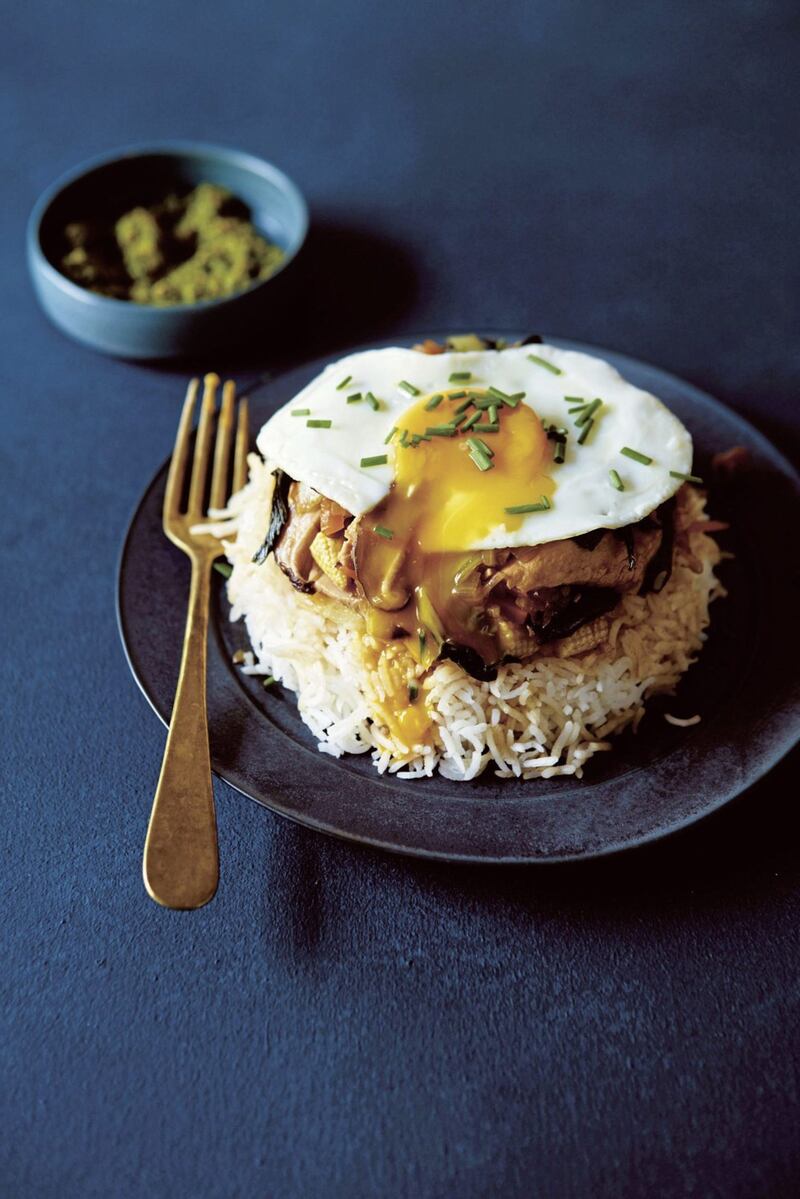
SUNNY-SIDE-UP EGG, CHICKEN AND PAK CHOI RICE BOWL
(Serves 4)
250g basmati rice
2tbsp vegetable oil
1 onion, finely chopped
2 garlic cloves, finely chopped
2.5cm piece of fresh root ginger, peeled and finely chopped
1 carrot, cut into thin matchsticks
125g shiitake mushrooms, sliced
130g baby corn, chopped
300g chicken breast, cut into strips, then halved
200g pak choi, trimmed, stalks cut diagonally into thin slices, leaves torn
2tbsp light soy sauce
1tbsp oyster sauce
1tsp fish sauce
1tsp cornflour, mixed with 150ml water
1tbsp olive oil
4 eggs
3tbsp finely chopped chives
Chilli paste to serve
Method:
Soak the rice for 30 minutes in cold water (or wash a few times until the water runs clear). Drain well. Cook your basmati rice according to the packet instructions. Place all your prepared vegetables and the chicken on a large plate, so everything is ready to add to the wok.
Place a large wok over a high heat and add the vegetable oil. Once hot add the onion, garlic and ginger and, using a metal spoon or spatula, keep stir to avoid burning. Fry for one to two minutes.
Tip in the carrot, mushrooms, corn and chicken strips, give that all a good mix and cook for two minutes, stirring. Next goes in the pak choi. I use all of it, even the white harder ends, which retain a nice crunch when cooked.
Create the base of the sauce by adding the soy, oyster and fish sauces into the wok and give them a good stir. Pour in the cornflour water mixture – this will thicken it all up.
Turn the heat down to a medium simmer, cover and gently cook for 10 minutes until the chicken is cooked throughout and the corn and carrots are softened, but still retain a slight crunch. Set aside.
In the meantime, fry the eggs in olive oil in a frying pan on a medium-high heat for around four minutes; turn off the heat and let them sit for one minute.
Take four medium-sized bowls, one per person. First divide the chicken and vegetable mixture into each bowl, then divide the rice equally and gently press down so you can't see any of the chicken mixture.
Take a dinner plate and get ready to invert your bowl (this is the trick). Place the plate over your bowl and, holding the plate securely, flip it over (so the bowl is upside down on your plate). Gently lift up the bowl to unveil your bol renverse, and carefully place an egg on the top. Scatter with chives and add chilli paste on the side.
